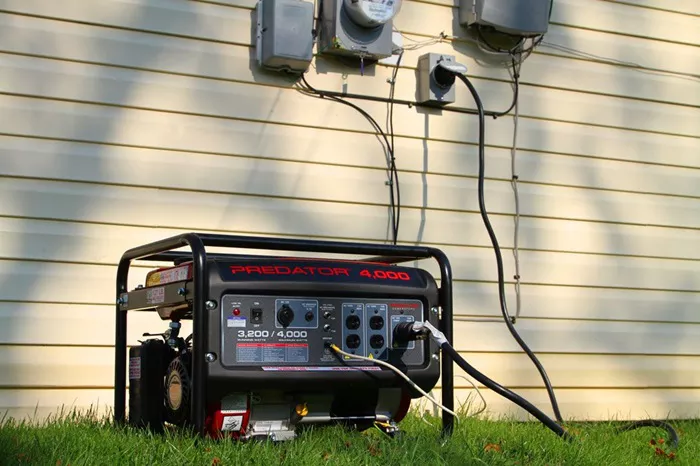Standby home generators provide reliable backup power during outages, ensuring your home stays powered. Installing one requires careful planning, electrical knowledge, and adherence to safety standards. This guide covers everything from selecting the right generator to proper installation steps.
Understanding Standby Generators
A standby generator is a permanent backup power system that automatically turns on when the main power supply fails. Unlike portable generators, standby models connect directly to your home’s electrical system and run on natural gas or propane.
Key Components of a Standby Generator
Engine : Powers the generator, usually fueled by natural gas or propane.
Alternator : Converts mechanical energy into electrical power.
Automatic Transfer Switch (ATS) : Detects power loss and switches the home’s load to the generator.
Control Panel : Monitors performance and allows manual adjustments.
Exhaust System : Vents harmful gases safely outside.
Choosing the Right Generator
Before installation, select a generator that meets your home’s power needs.
Calculating Power Requirements
List Essential Appliances : Identify critical devices like refrigerators, HVAC systems, and medical equipment.
Check Wattage : Add up the starting and running watts of each appliance.
Select Generator Size : Choose a unit with 20% more capacity than your total wattage to avoid overloading.
Fuel Type Considerations
Natural Gas : Convenient if your home has a gas line, but may be less efficient in extreme cold.
Propane : Stores well but requires a large tank.
Diesel : Efficient but noisy and requires regular maintenance.
Preparing for Installation
- Proper preparation ensures a smooth and safe installation process.
Permits and Regulations
- Check local building codes and obtain necessary permits.
- Some areas require inspections before and after installation.
Selecting an Installation Site
Distance from Home : Install at least 5 feet from windows and doors to prevent carbon monoxide buildup.
Proper Ventilation : Ensure exhaust gases disperse safely.
Level Ground : Place the generator on a concrete pad or gravel base for stability.
Step-by-Step Installation Guide
Follow these steps for a safe and compliant installation.
Install the Generator Pad
- Pour a concrete slab (at least 4 inches thick) or use a pre-made composite pad.
- Ensure the pad is level and slightly elevated to prevent water pooling.
Set Up the Fuel Supply
- For natural gas, hire a licensed technician to connect the gas line.
- For propane, install a tank with sufficient capacity (typically 250-500 gallons).
Mount the Generator
- Place the generator on the pad and secure it with vibration-absorbing mounts.
- Keep at least 3 feet of clearance around the unit for maintenance.
Install the Automatic Transfer Switch (ATS)
- The ATS connects to the main electrical panel.
- It detects power loss and automatically switches to generator power.
- A licensed electrician should handle wiring to prevent electrical hazards.
Connect to the Electrical System
- Run a conduit from the generator to the ATS.
- Use weatherproof wiring to prevent damage.
- Follow the National Electrical Code (NEC) for proper grounding.
Test the System
- Simulate a power outage to ensure the generator starts automatically.
- Verify that all connected circuits receive power.
Maintenance Tips for Longevity
Regular maintenance keeps your generator in top condition.
Monthly Testing : Run the generator for 15-20 minutes to ensure functionality.
Oil and Filter Changes : Replace oil and filters every 50-100 hours of operation.
Battery Check : Inspect and clean terminals to prevent corrosion.
Fuel System Inspection : Ensure no leaks or blockages in gas/propane lines.
Safety Precautions
- Never operate a generator indoors or in an enclosed space.
- Install carbon monoxide detectors near sleeping areas.
- Keep flammable materials away from the generator.
Conclusion
Installing a standby home generator requires careful planning, proper tools, and adherence to safety standards. By selecting the right generator, preparing the site correctly, and following installation steps, you can ensure reliable backup power for your home. Regular maintenance will extend the generator’s lifespan and keep it ready for emergencies. For complex electrical work, always consult a licensed professional to ensure compliance with local codes and safety regulations.

